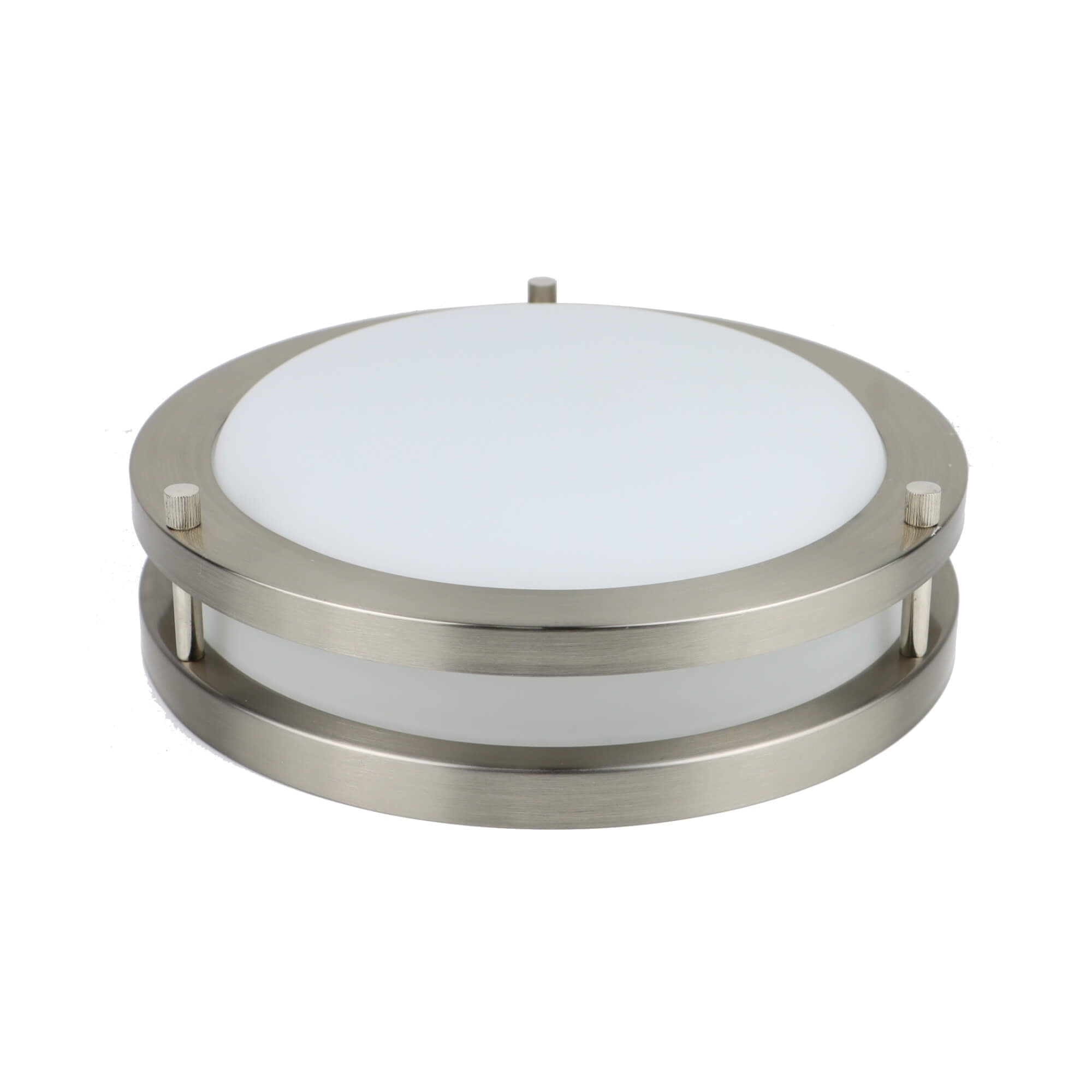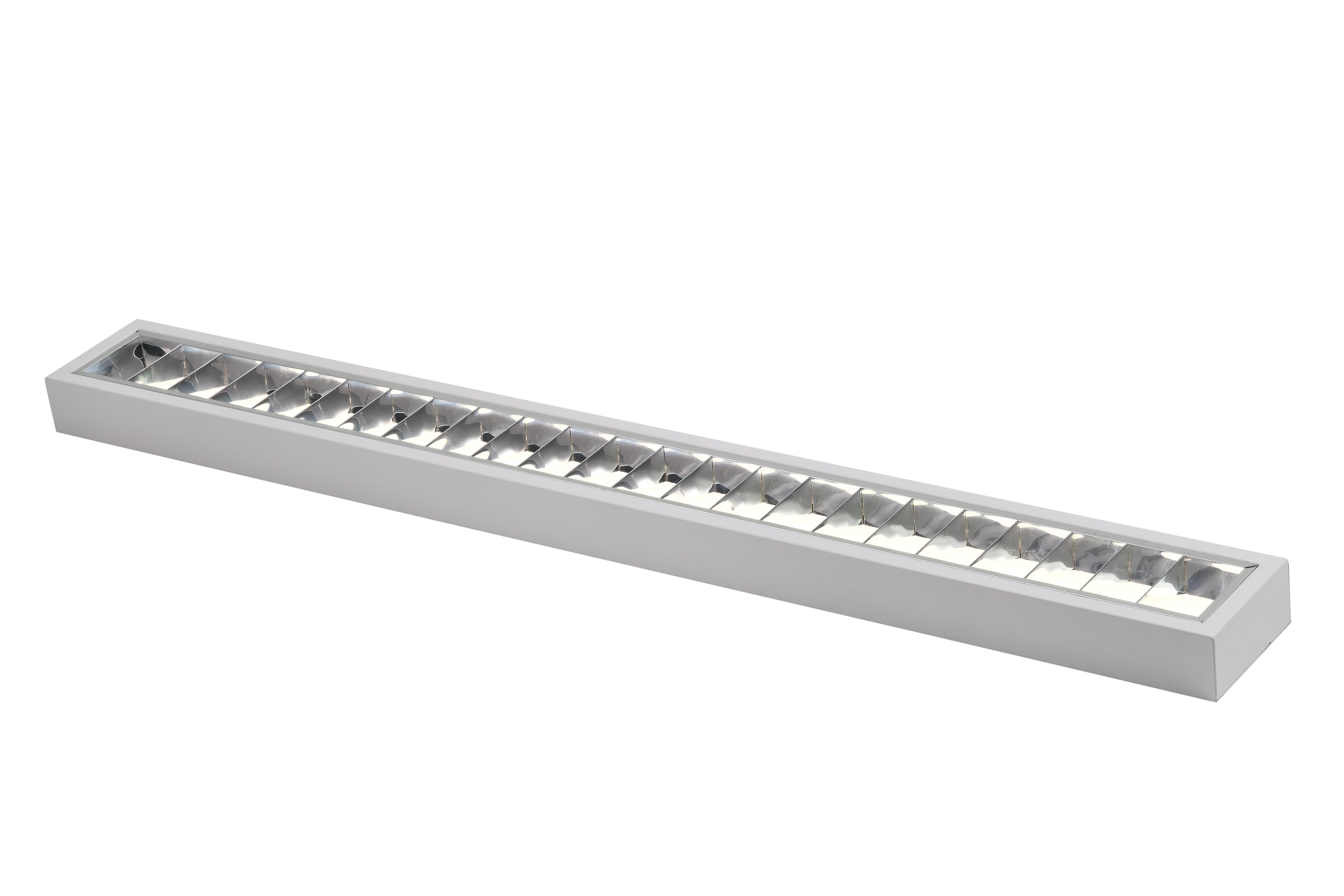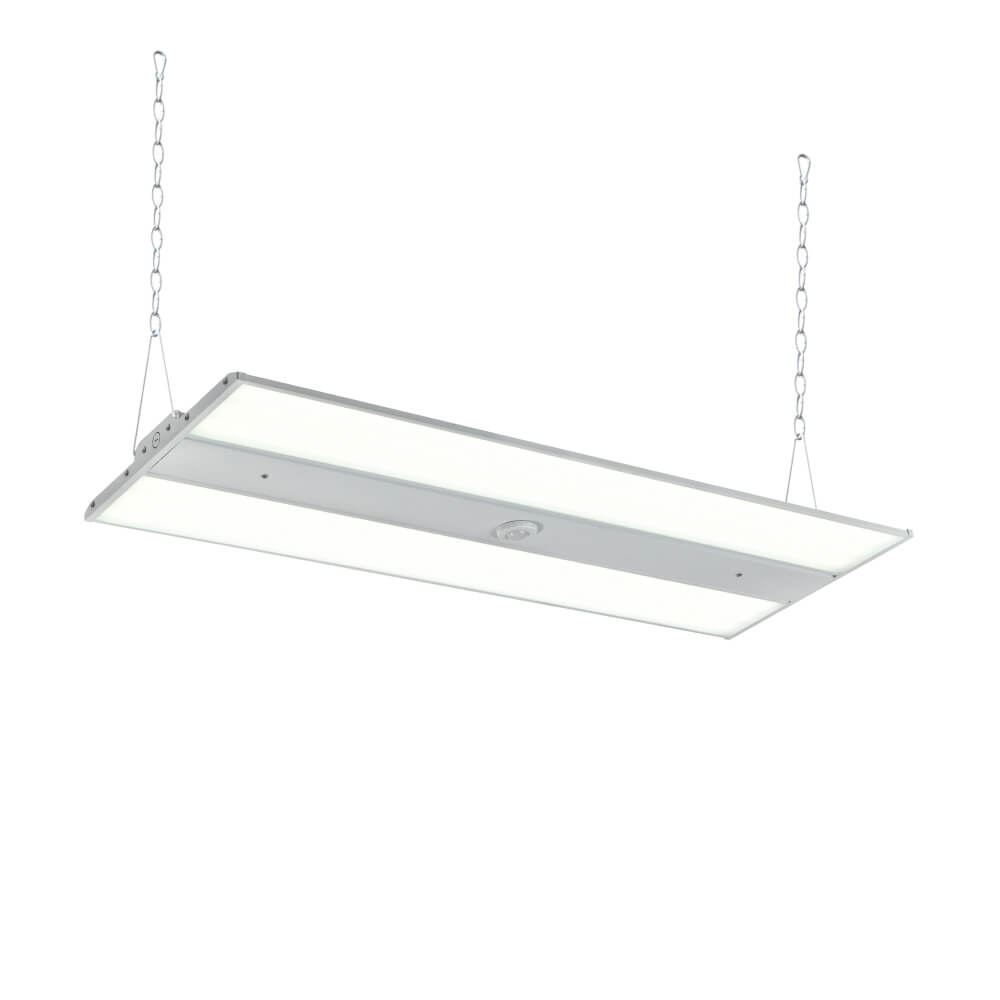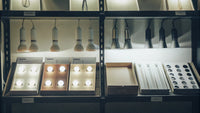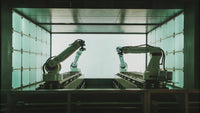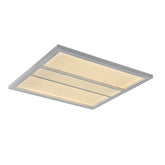LED Factory Secrets: How to Produce High-Quality LEDs
The lighting industry has undergone a significant transformation with the advent of LED technology. The demand for high-quality LEDs has never been greater, as they are used in everything from residential lighting to advanced medical devices. But what does it take to produce a premium LED product? This blog unveils the secrets behind manufacturing top-tier LEDs, focusing on the synergistic roles of cutting-edge equipment, skilled personnel, and rigorous certification processes.

Mastery of Manufacturing Equipment
The bedrock of high-quality LED production is state-of-the-art manufacturing equipment tailored to create components with extreme precision.
Essential Machinery for LED Component Production
At the core of LED manufacturing is a suite of machines dedicated to shaping metal parts that make up the framework of an LED unit. Precision tools such as punch presses, bending machines, soldering stations, and laser cutters work in concert to ensure each part fits flawlessly with its counterparts.
Advanced Assembly Line Technologies
The real transformation in LED manufacturing occurs on the assembly lines, where a combination of automated and manual processes takes center stage. Here, robots carry out repetitive tasks with unmatched precision, while human technicians manage more complex assemblies that demand careful handling. This collaboration between humans and machines is carefully orchestrated to ensure smooth operations across the factory floor. Additionally, conveyor systems and pick-and-place robots are integral to these assembly lines. They facilitate the rapid movement of components and are instrumental in reducing manual handling errors.
Specialized Testing and Quality Control Apparatus
Before any LED product leaves the factory, it undergoes extensive testing. Equipment like Photometric Integrating Spheres analyses the intensity and color of light emitted by LEDs, ensuring they meet stringent standards. Similarly, Goniophotometers map out the distribution of light, an essential test for products destined for critical applications. Professional manufacturers will even provide an aging-test room to do 4-6 hours of light-on tests for every piece of light, hi-pot test, light-distribution test, drop test, Vibration test & integrating sphere test before shipping.

Skilled Workforce: The Backbone of Quality
Behind every piece of sophisticated machinery is a team of skilled professionals who bring LEDs to life through their craftsmanship and attention to detail.
Finding and Fostering Talent
Building a top-notch LED begins with putting together the right team. This means finding people who not only have steady hands and sharp eyes but also a passion for making things perfect. Once these individuals are part of the team, ongoing training keeps their skills sharp and their knowledge fresh, especially as new technologies emerge.
Engineers and Designers: Architects of Innovation
Engineers and designers are at the heart of making LEDs better, constantly figuring out ways to make LEDs that shine brighter, last longer, and use less electricity. They turn creative concepts into practical, producible items, ensuring that the big ideas can actually work on the manufacturing floor and beyond.
Quality Assurance Teams
Finally, there’s the quality assurance (QA) crew – the meticulous examiners who make sure every LED meets strict standards. They’re the ones checking and double-checking that each light is ready for action before it leaves the factory. With rigorous testing procedures, they’re all about making sure that when an LED gets to you, it’s as good as it can be.
Certification: The Seal of Excellence
One cannot discuss the nuances of high-quality LED production without mentioning certification. Certifications from recognized bodies attest to an LED’s quality, safety, and efficiency.
Overview of Industry Certifications
Certifications like UL, ETL, Energy Star, SAA, and FCC indicate compliance with safety and performance benchmarks. Obtaining these certifications isn’t a one-time event—it requires a commitment to continual excellence and regular audits. They look at everything—the way the LEDs are made, how the team is trained, and if the final products really hold up to what they’re supposed to do.like 90% of Zhongshan Halcon Lighting's products have passed the above certification.

Warranty and Its Reflection on Quality Assurance
Offering a warranty is a powerful statement about the belief a manufacturer has in its product. It’s more than just a promise to the customer; it mirrors a company’s adherence to strict manufacturing standards and is a direct reflection of their confidence in the durability of their products.
Global Perspectives: Meeting International Standards
For a manufacturer, the global LED market is both an opportunity and a challenge. Different markets have different requirements, and meeting these standards is key to international success. Read more: DLC Standard Vs. Premium Certification.
Adapting to Diverse Market Demands
Manufacturers need to be flexible enough to tweak their products to suit local tastes and technical needs. This could mean adjusting the brightness or color temperature of LEDs to match the preferences of different cultures or modifying them to operate efficiently under the electrical conditions specific to each region. Moreover, the voltage supply can vary significantly from one country to another - a factor that directly influences product design and functionality.
Crafting a Robust Export Strategy
When stepping into the arena of international trade, manufacturers must craft an export strategy that addresses the complexities of global logistics. This involves understanding and complying with a variety of international regulations, which can include safety standards, environmental concerns, and trade agreements.
Ensuring Compliance with International Standards
A manufacturer’s ability to align with international compliance is crucial. Quality certifications like ISO standards are often seen as a baseline for entering foreign markets. Additionally, regional certifications and directives such as Europe’s CE marking, North America’s UL listing, or China’s CCC mark are non-negotiable stamps of approval signaling a product’s compliance with the respective regulatory environment.
Embracing Innovation and Sustainability
In the dynamic field of LED manufacturing, standing still is not an option. Continuous improvement through research and development is vital for staying ahead.
Research and Development Focus Areas
The pursuit of innovation in LED technology is centered around several key areas:
- Material Science: Researchers are continuously exploring new materials that enhance the efficiency and performance of LEDs. For instance, developments in semiconductor materials have the potential to produce purer, more vibrant light while consuming less power.
- Heat Management: Effective heat dissipation technologies are crucial for prolonging the life of LEDs. Innovations such as improved heat sinks and novel materials that better manage thermal output not only extend the life of the LEDs but also improve their efficiency and reliability. Keep reading:Do LED Lights Get Hot?
- Phosphor Technologies: Advances in this area aim to create LEDs that offer more natural color renditions and higher brightness levels, which are critical for applications ranging from residential lighting to high-accuracy uses in scientific and medical instruments.
Sustainable Manufacturing Practices
Sustainability in manufacturing practices is no longer optional; it’s imperative. Waste reduction strategies, material recycling, and the adoption of energy-efficient production methodologies highlight a manufacturer’s commitment to protecting the environment while producing state-of-the-art LEDs.
Explore the Future of LEDs: Stay Informed and Engaged!
Creating high-quality LEDs isn’t just about having the best machines; it’s about a mix of great tools, skilled workers, and tough quality checks. Along with a strong drive for new ideas and caring for our planet, these are the key ingredients for making good LED lights. As we look ahead, keeping up these high standards will not only meet what customers want but also lead to even better and more amazing LED technology. This means brighter, more energy-saving, and dependable lights for everyone’s future.
